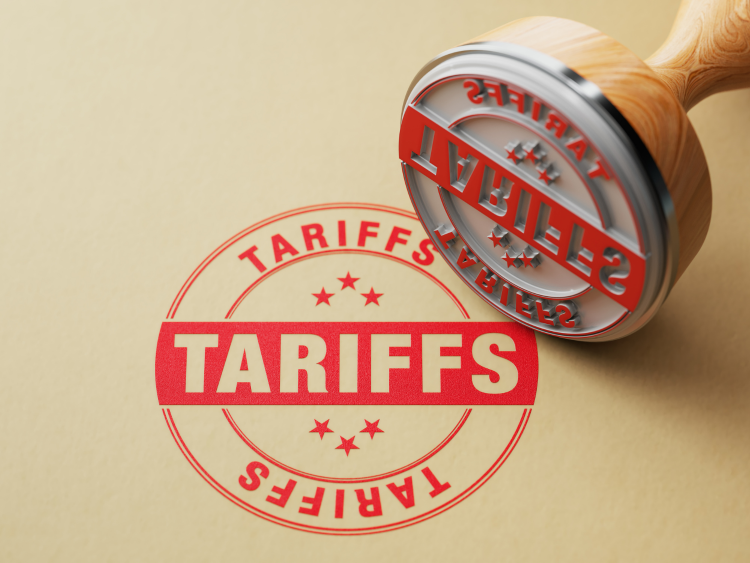Steel Products

Steel Needs Greater Diversity of Ideas
Written by Tim Triplett
October 22, 2017
Contributed by Justin Philipp, People Area Director, Pacesetter Steel
It’s no secret that the steel industry is antiquated. Many times, the processing equipment is older than the operator and the same mills have been opened, closed and renamed time and again. Not only is the steel industry plagued by “old” operations issues, the HR issues and ethical problems that persist could come right out of an early ’50s gangster film. In the past, social issues were largely swept under the rug and were only addressed when large-scale problems arose, but this generation is different. Millennials are uniquely sensitive not only to a company’s operational efficiencies, but also its personnel deficiencies. It’s not that these deficiencies are new — they are actually very old — it’s just that the steel industry has been slow to respond and adjust. Reacting to this, the steel industry has tried to make rapid corrections to long-term problems and is paying for it in turnover.
How many times has your organization passed on a candidate because of “cultural fit,” or promoted someone because of inside friendships, or even worse, familial relationships with upper management. These are common problems across all industries, but seem to pop up with special frequency in steel. The steel industry has a reputation for a very homogeneous candidate and success profile. Diversity, and I am not talking about skin color, gender or religious affiliation, but diversity of thought, is slow to be adopted and, in some circumstances, is quickly rejected. From a human resources standpoint, the industry lags because of this.
As an industry, we are very quick to complain and point fingers at the market, business conditions and competitive landscape. What we do not do, which is the most critical, is look internally. Fixing this starts with taking a good hard look at where you are now—and then being honest with yourself on where you want to be. Now, I want to be 20 pounds lighter and have six-pack abs, but I also know the work and time it would take to accomplish that and, realistically, I do not have the motivation and stamina. But what I can get done is focus on my eating and exercise habits, a change in simple behaviors, and see meaningful results. You need to address changes within your organization the same way. Expecting to change your culture overnight is not realistic, nor will you ever actually follow through. But what you can start with is setting small goals and objectives that will eventually turn the tide.
Where do we go from here? Let’s first acknowledge two facts: We have some issues as an industry that need to be addressed, now. And for better or worse, as an industry, we are all in this together.

Tim Triplett
Read more from Tim TriplettLatest in Steel Products

CRU: US stainless prices to rise on expanded S232 tariffs
Stainless prices in the US market will rise, following price increases by major US producers. Our base case scenario incorporates higher US prices in the near term, despite the initial negative reaction by the market. US stainless prices will go up in 2025 H2 and will stay elevated in 2026 as tariffs on stainless […]

Galvanized steel demand unsteady amid lingering buyer fatigue: HARDI
Uneven demand for galvanized steel in June reflects a market that remains mired in uncertainty, according to industry sources.

OCTG industry salutes Customs for catching trade crooks
The US OCTG Manufacturers Association is commending US Customs for intercepting another Thai company's attempt to illegally transship Chinese oil pipe to the US.

Whirlpool says tariffs will bolster business
“Economically, the business case for products made in the us has become a lot more attractive," the CEO told Fox Business.

Worthington Enterprises buys Elgen Manufacturing
Worthington Enterprises acquires HVAC products maker Elgen Manufacturing.
